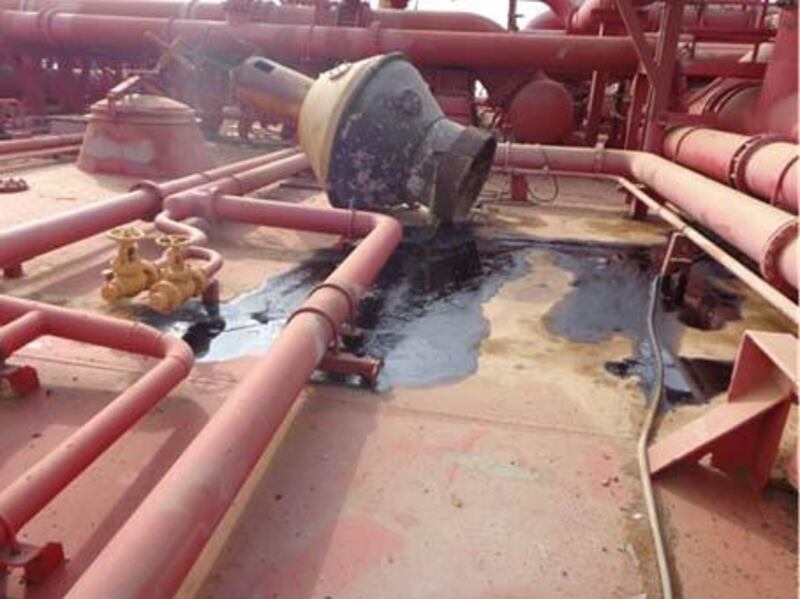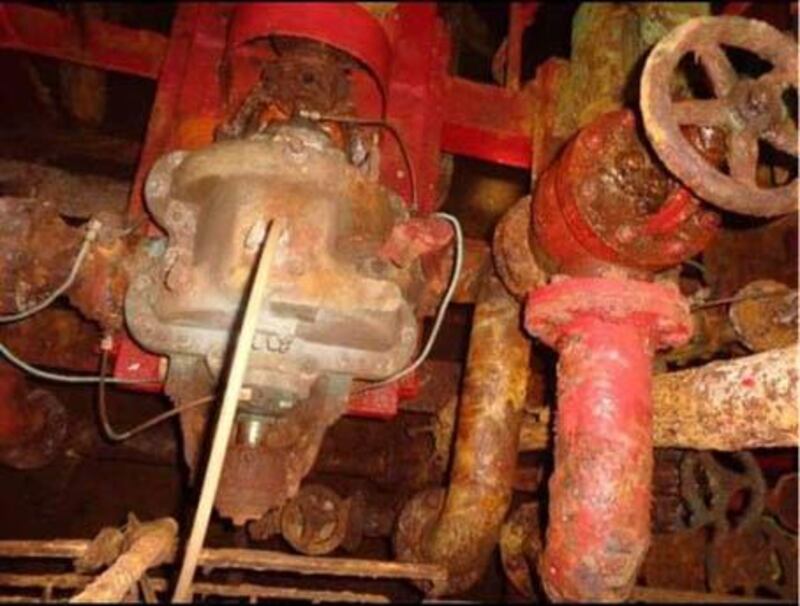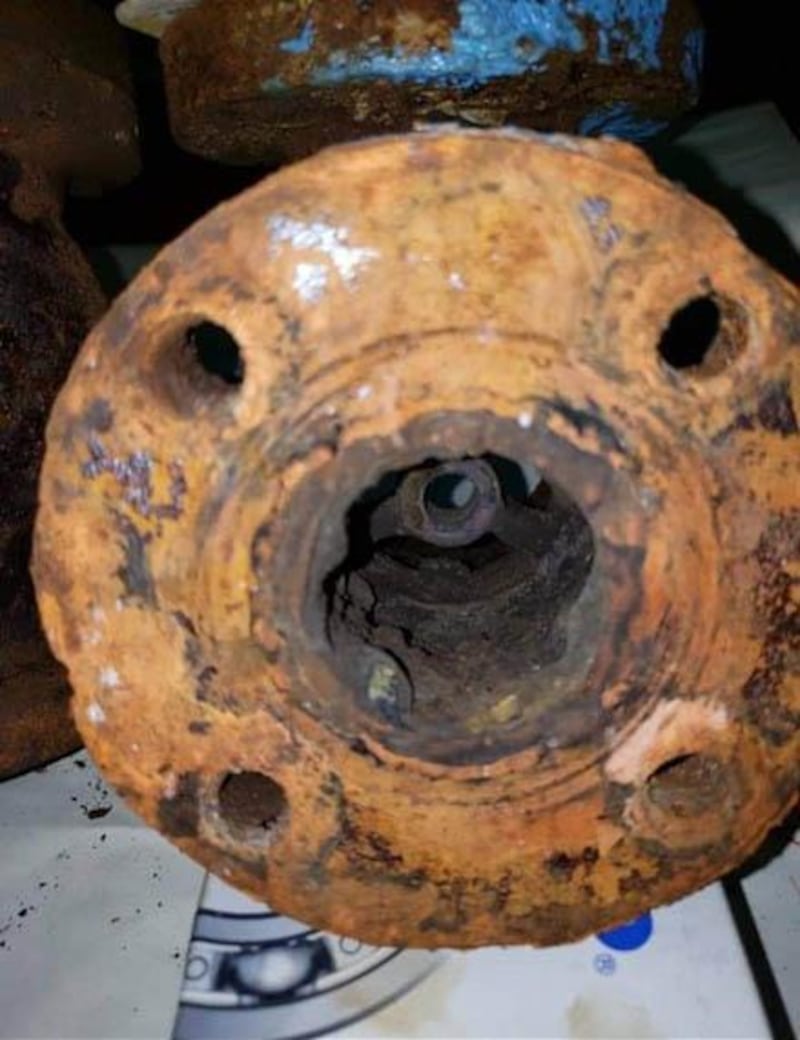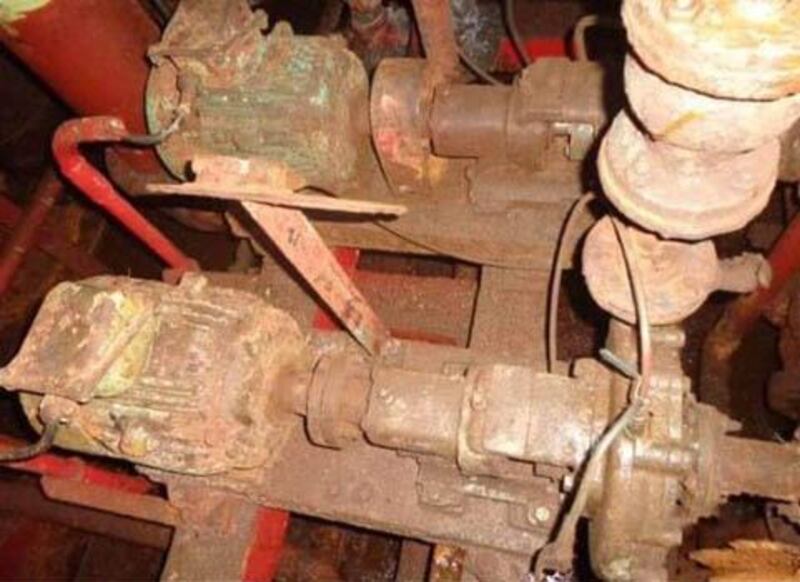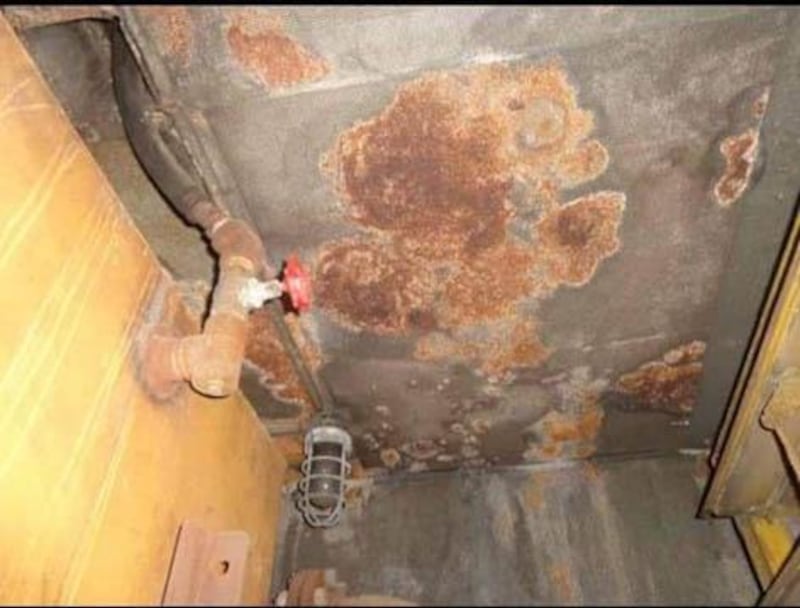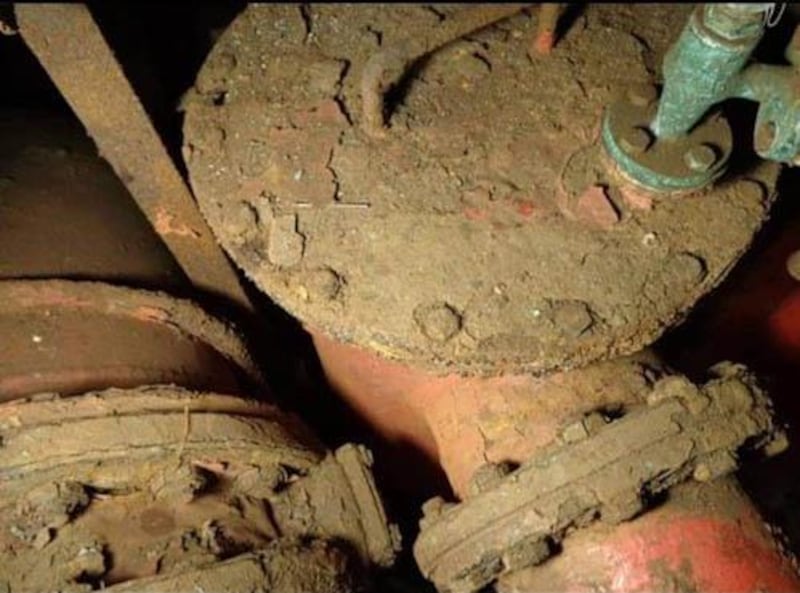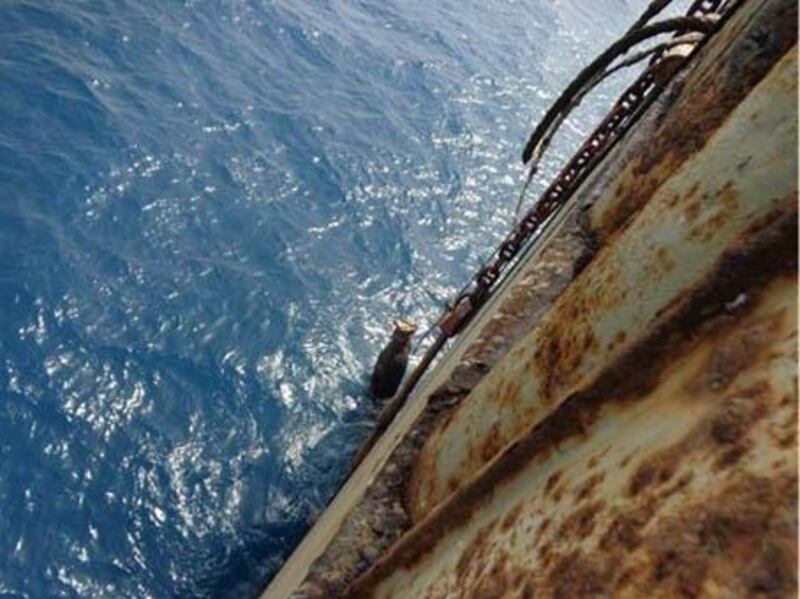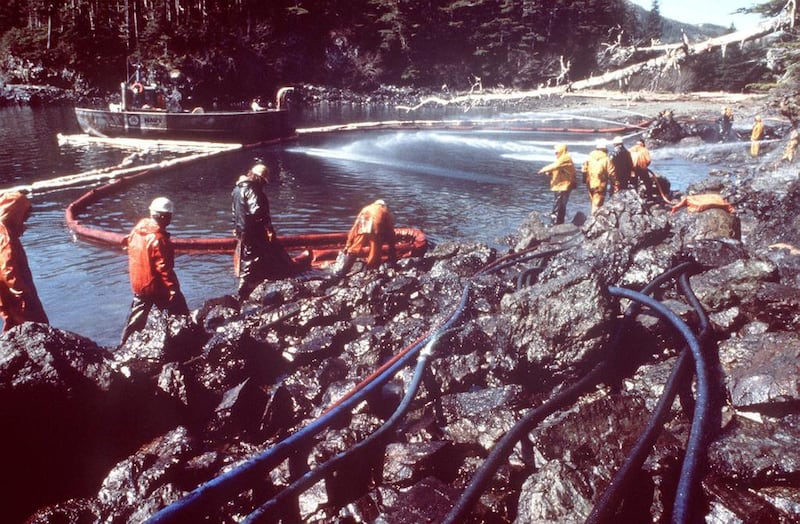The UN has launched an “ambitious” crowdfunding operation to stop the decaying FSO Safer oil tanker from causing an environmental disaster off Yemen’s Red Sea coast.
The UN micro-site, which will go live on Tuesday, may help to close a $20 million gap in funding to cover the cost of the $80 million “emergency phase” to take FSO Safer out of Yemen’s waters.
“We hope to raise $5 million by the end of June, which is an ambitious goal for this kind of campaign,” UN Humanitarian Co-ordinator for Yemen David Gressly said at a press briefing organised by the Sanaa Centre on Monday.
“Every dollar the public puts forward in this operation sends a message to all member states and others that could have contributed, that they need to act now before it’s too late.”
The decaying supertanker has been described as a “floating time-bomb” that risks causing an explosion or an oil spill four times as disastrous as the 1989 Exxon Valdez incident in the Red Sea.
“The clean-up cost alone is about $20 billion,” Mr Gressly said. The ship’s captain had told him he was “surprised” that a spill had not already taken place.
Mr Gressly said the fate of the oil and vessel’s scrap metal had yet to be decided. One possibility is for the metal’s scrap value to be used to offset the next phase of the operation, he said.
Maritime law and security expert Ian Ralby told The National that money should not be the issue hindering what he called the “most promising” path for the FSO Safer.
“Of all the things that could get in the way of resolving the threat posed by the FSO Safer, $80 million should not be the stumbling block to prevent tens of billions of dollars of immediate costs and generations of irreversible harm if the vessel spills,” he said.
Impact
A spill by the FSO Safer would not only cause a spill that — depending on environmental factors such as winds and currents — might spread to neighbouring countries along the Red Sea, including Djibouti, Eritrea and Saudi Arabia.
“It will also have very costly impact on international shipping, and on the ecosystem. The Red Sea has a pristine environment with mangroves and it would take 25 years to restock the fisheries,” he said.
A spill would also affect vital infrastructure such as desalination plants and sources of income, including tourism.
“It will wipe out 200,000 jobs in fisheries overnight in Yemen, a country already in conflict. Millions of people will be forced to breathe more polluted air and the ports of Hodeidah and Salif, where most of the country gets its aid, food and fuel from, will be affected.”
Three out of every four Yemenis need assistance, UN figures say. Yemen imports 90 per cent of its food and almost all of its fuel through major ports like Hodeidah.
“There is too much at stake to allow [a spill] to happen and we’re so close,” Mr Gressly said.
The emergency phase will cover offloading the 1.14 million barrels of crude oil aboard the Safer, cleaning the tanker and placing a temporary vessel in its stead until a long-term option has been found.
“We are well into the procurement phase of the replacement vessel,” Mr Gressly said.
On Sunday, Saudi Arabia pledged to donate $10 million for the cause. “It is the only country along the Red Sea to do so,” Mr Gressly said.
The US State Department's Bureau for Near Eastern Affairs credited the Kingdom for the donation on Monday.
The overall estimated cost of the UN plan is about $144 million, including the long-term replacement of the floating storage and offloading vessel.
As flammable gases continue to build up in its chambers, and the ship’s structural integrity deteriorates, efforts to take it off the water are becoming increasingly urgent.
A May 11 pledging conference, co-hosted by the Netherlands and the UN, raised around $40 million of the funds needed.
Speaking to The National, Dutch ambassador to Yemen Peter Derrek-Hof said that amount is a “good first step”.
Right now, the UN says, they are three quarters of the way towards the $80 million required for the emergency phase.
“There are three funding tracks: the government, the private sector and now the micro-site,” ambassador Derrek-Hof said.
“Once sufficient funding has been reached, the next step will be signing contracts and starting implementation”.
The hope is for the temporary vessel to be in place by October, he said, which is when experts believe the weather will worsen and the risk that the ship will fall apart runs high.
“The ideal scenario is to do it as quickly as possible. And ideally, before the end of, or somewhere in October, when winds change, currents change.”
However, Mr Derrek-Hof said efforts were not being focused on an alternative plan, if the funds are not raised.
“Our objective is not to already start looking at the plan B [in case funding was not sufficient]. So the plan is to continue working until we have the amount of funds needed to start implementing the plan that has been drafted,” he said.
The ground for progress on Safer is fertile as the first nationwide truce was brokered between the warring sides in April, and renewed for another two months in June.
Talks are also continuing in Amman with the UN and key stakeholders in the conflict, while flights out of Sanaa International Airport have resumed for the first time in six years, alleviating some of the suffering felt by Yemenis in need of medical treatment.
“There is a bit of a new dynamic, so let’s not jinx it. The truce is still fragile, even though it has been extended, but it has definitely brought back hope in Yemeni hearts and I think that’s very important because many Yemenis were starting to lose all hope of a better future,” Mr Derrek-Hof said.
